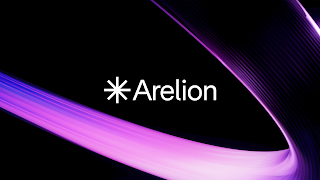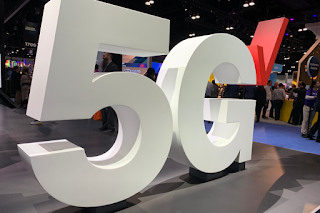by James E. Carroll
Telia Carrier, which operates the leading global Internet backbone, AS1299, has adopted a new name and brand -- Arelion.
The rebranding comes roughly a year after Polhem Infra, a private investment firm based in Sweden, acquired Telia Carrier from the Telia Company for SEK 9,450 million (US$1.055 billion). The business became a fully-independent company in June 2021.
Arelion's mission is to provide premium global connectivity services to the world's largest operators, content providers and enterprises. Its network spans Europe, North America, and Asia, with more than 70,000 km of optical fiber and 1,700 MPLS endpoints, connecting customers in 125 countries. The AS1299 backbone powers nearly 65 percent of all Internet routes.
“We live in the age of connectivity where people and businesses interact in real-time, all the time – wherever they are. As we move forward as Arelion, one thing that won't change is the core of our business: the people, our customers and partners that bring us together," said Staffan Göjeryd, CEO of Arelion. "Arelion will continue to support the mission that has resulted in 30 plus years of success and will continue to execute on our mission to connect the world to a brighter future and deliver the highest quality of services to our customers. That's all possible thanks to our investors at Polhem Infra, who share the same focus and vision for us."
2022 Predictions from Thought Leaders

Telia Carrier picks Infinera’s ICE6 800G solution for global network

Cisco's P100 routing silicon brings 112G SerDes and 19.2 Tbps capacity






























